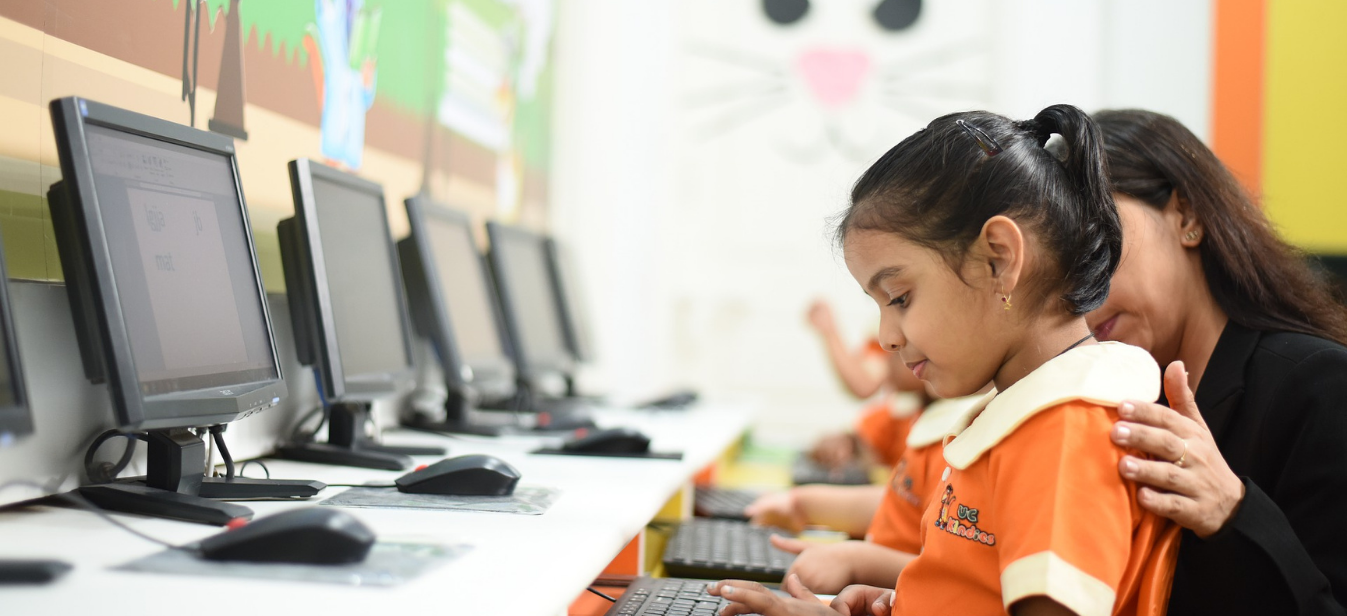
There is a major change sweeping across the educational landscape in India. It has been on the horizon for a long time, with the lockdown and subsequent school closures giving it an impetus. We are, of course, speaking of the proliferation of technology and digital tools in education, for both educators and learners. This departure from the norm has laid bare the structure of our current educational system, and has forced us all to reevaluate it from the foundational levels itself. And educational technology is making this mission a reality.
The National Education Policy (NEP) 2020 underscores this point. This ambitious document reiterates that the key to a strong future lies in equitable education, and one of the best means to reach this goal is by leveraging technology.
Under the Digital India campaign, the Government of India is encouraging several ICT initiatives like National Digital Library, e-Yantra, Virtual Lab, and so on, to impact both students, teachers, and other educators. Supporting these initiatives are the numerous edtech organisations that are growing at a fast pace in India, particularly since the pandemic began.
*Square Panda too has been at the forefront of the digital education revolution since our inception, and is one of the education companies innovatively impacting learning for teachers and students alike. Learn more about us at ecce.squarepanda.in.
Technology is blurring the lines between the privileged and under-priviledged, and making education accessible to all.
How Technology Shapes Education
Technology has profoundly changed the way education works in India. This change ripples over every person in the educational system, bringing a marked difference in how every aspect works.
Learning becomes more effective
India’s multilingual population creates complexities in the educational offerings. Contextual changes also influence the way education is imparted. With educational technology, the entire ecosystem — educators, Anganwadi workers, administrators, parents, and the children — is exposed to global best practices, which can be adapted to the Indian curriculum and learning styles. Technology-enabled learning can bring about a transformational change for children, and even enhance or supplement classroom pedagogy. Teachers, educators, and caregivers gain the opportunity to become more collaborative and extend learning beyond the classroom. They could even create learning communities with various stakeholders across India.
Innovation is bringing new solutions to age-old problems
Blended learning or hybrid learning models. Online assessments. Digital tools and apps.
The above solutions have been around for a long time, and the debate on whether they can be used in classrooms has been raging for just as long. New techniques and ideas have augmented these solutions, creating more viable alternatives acceptable for learners both young and old. Advancing Artificial Intelligence (AI) research will bring more such innovations to address existing challenges in the educational system.
Tasks are being streamlined
Courses are using more tech-based aids. Lengthy curriculum is being broken down into bite-sized modules. Rote learning is making way for experiential learning methods. And best of all, teachers find that their efforts need not be put towards administrative duties quite as much as before. World-class tech platforms ensure a seamless transition to online systems that streamline most administrative functions.
As we blossom into a digitally empowered society, the symbiotic relationship between technology and education will play a critical role in this transformation. A new culture of learning is emerging as we reevaluate traditional systems, and our pedagogy continues to evolve. The advantages technology brings to education are unparalleled. Technological advancements have already changed the game for India’s educational landscape, and it remains to be seen how such innovations can raise our vast ecosystem to new heights.













